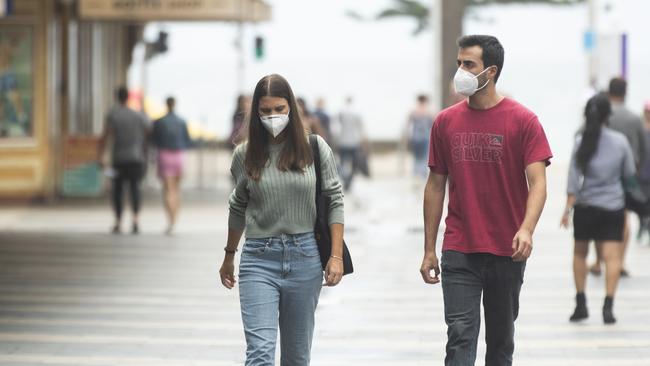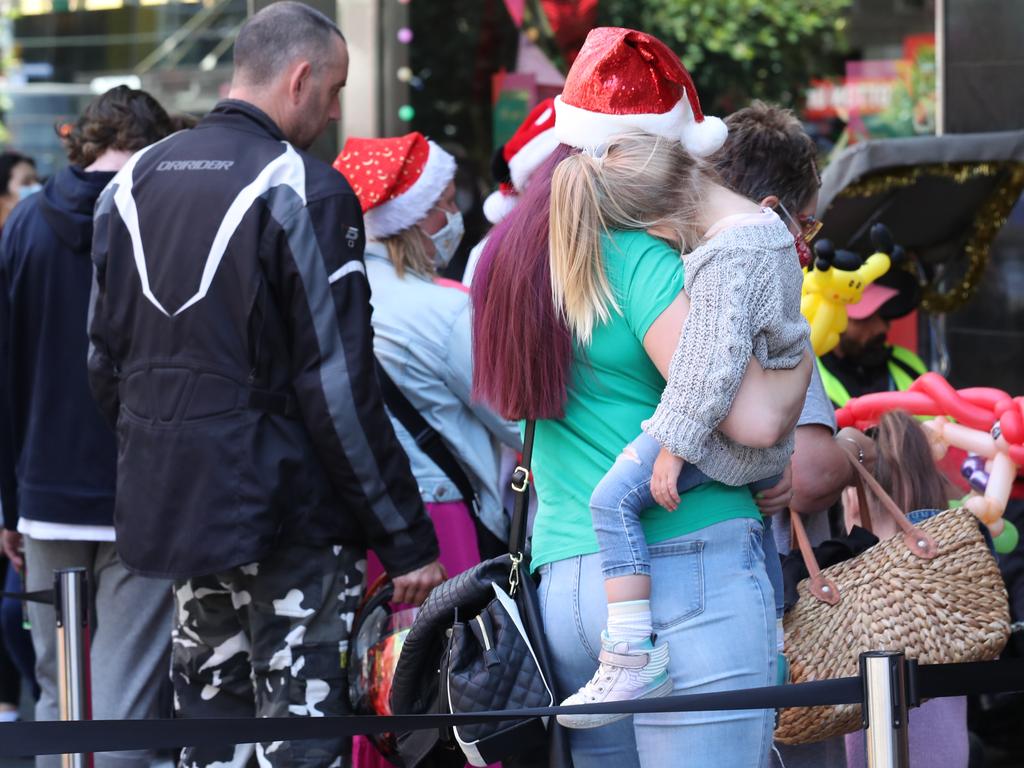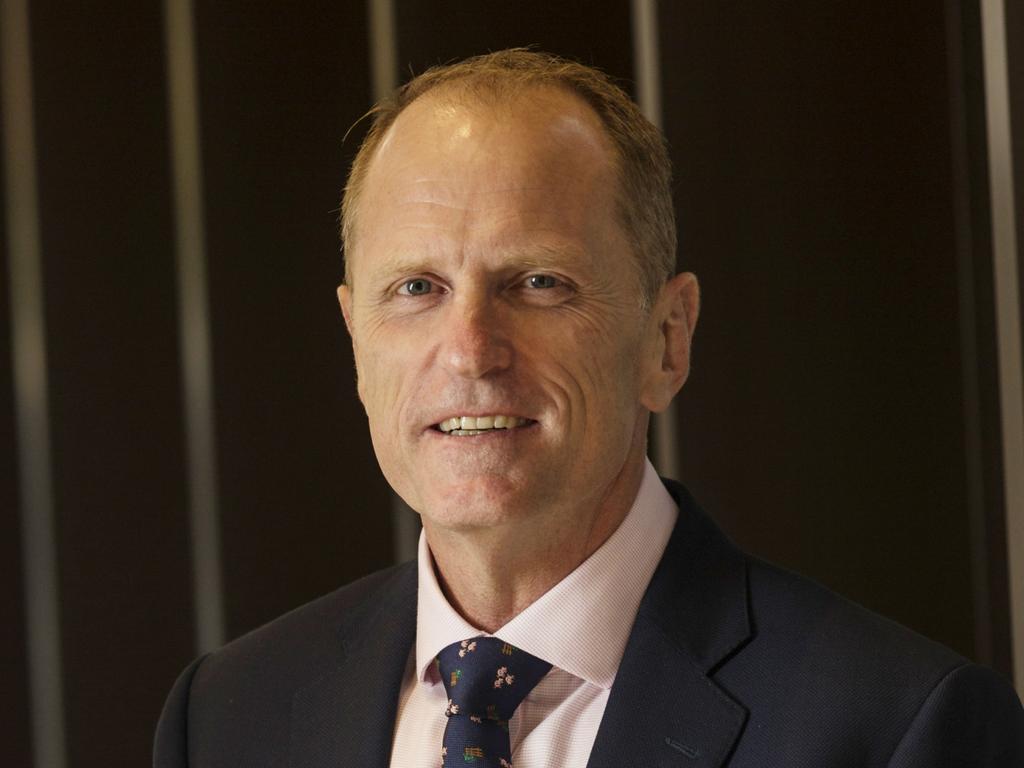Coronavirus: Avalon outbreak ‘inflicted $3.2bn hit
Sydney’s northern beaches COVID- 19 outbreak cost the economy $3.2bn in lost working hours in December, according to modelling conducted by KPMG.

The northern beaches COVID- 19 outbreak and lockdown cost the economy $3.2bn in lost working hours in December, according to modelling conducted by KPMG.
A preliminary analysis shows that even NSW’s more measured approach to suppressing the latest outbreak will come at a significant cost in terms of lost activity, with 34m fewer hours worked in December as a result of the localised lockdowns. It will slow but not stop the economic rebound that began in the September quarter.
KPMG chief economist Brendan Rynne said on Sunday: “I think the NSW government is doing a very, very good job in applying pressure quickly to contain the spread of the virus.”
“Unfortunately, that pressure brings with it an economic cost as it directly and quickly hits the supply side, and the longer it goes on, it then transfers to demand via confidence,” Dr Rynne said, adding that this depressing effect would extend into the new year.
The KPMG analysis looked at how changes in government restrictions — as measured by the Oxford Government Response Stringency Index — affect hours worked and through that GDP.
Dr Rynne estimated that the increase in restrictions, including social distancing and reimposed border controls, would translate to 34 million fewer hours worked in December than would have been the case were it not for the Avalon outbreak before Christmas.
Based on the historical relationship between economic output and hours worked, the drop in working hours pointed towards a $3.2bn hit to real GDP, he said.
Treasury’s forecasts from its mid-year economic and fiscal update on December 17 — before the latest Sydney outbreak — implied it expected the economy to grow by 3.2 per cent over the three months to December, according to NAB, after jumping by 3.3 per cent in the previous quarter.

A $3.2bn hit to national growth from the Sydney outbreak would shave 0.7 percentage points off that forecast pace, bringing it to a still robust 2.5 per cent.
The Tourism and Transport Forum, which represents the country’s largest hotel and travel businesses, has separately forecast Australians were expected to spend $2.6bn between Christmas Eve and January 11 this year, compared with an annual average of $5.5bn in previous years.
Sydney Business Chamber executive director Katherine O’Regan said hospitality had once again suffered the greatest hit from restrictions, which have included, in the northern reaches of the peninsula where the latest COVID-19 cluster started, mandated stay-at-home orders.
In Manly, the recent easing of restrictions has buoyed hopes that the peak Christmas and summer trading period have not suffered irreparable damage.
“Businesses are cautiously optimistic,” Ms O’Regan said, but foot traffic in Sydney’s CBD had collapsed to 20 per cent of pre-coronavirus activity after having climbed back to 60 per cent.
NSW authorities were treading an “extremely fine line” between managing the outbreak and the economic fallout from measures taken to halt its spread, she said. “I think we are getting better at it and businesses are getting better at managing it.”
Peter Collignon, an infectious diseases physician at the Australian National University, said the suppression strategy had proved a more measured approach to managing outbreaks could lead to the same outcomes “but less economic and social consequences”.
He said he disagreed with the decision to close state borders, particularly to regional areas where there were no COVID-19 cases. In the Bega Shire on the far south coast of NSW, for example, there hadn’t been a single coronavirus case since April.
“There’s a ‘zero risk’ approach at the moment from a lot of people,” Professor Collignon said. “Even after a vaccine, the risk only drops by 70-90 per cent.”








To join the conversation, please log in. Don't have an account? Register
Join the conversation, you are commenting as Logout